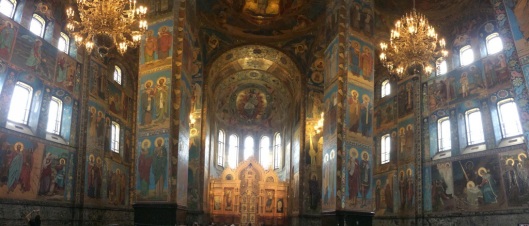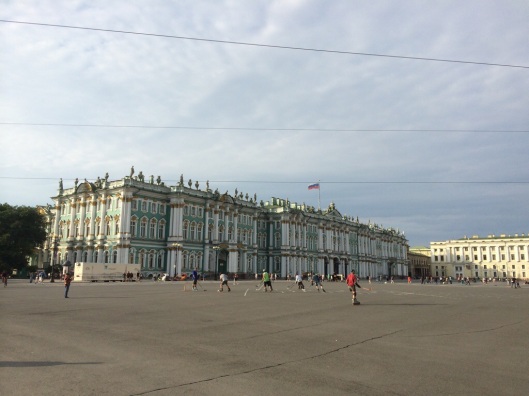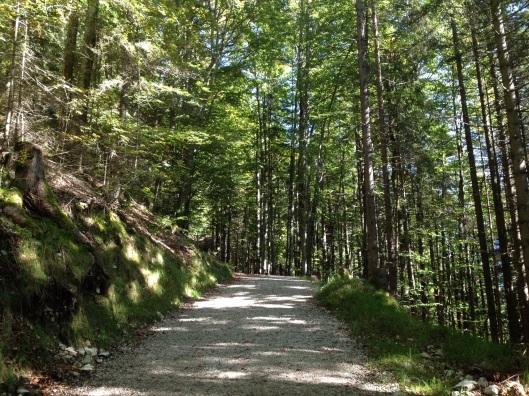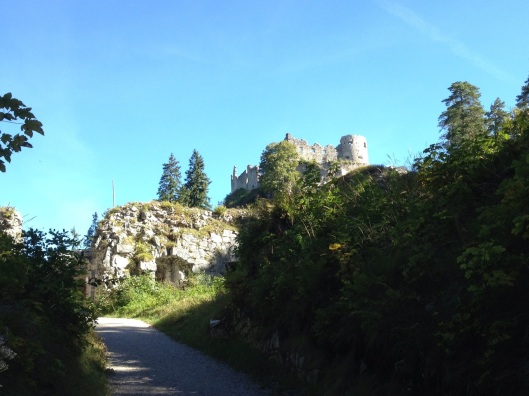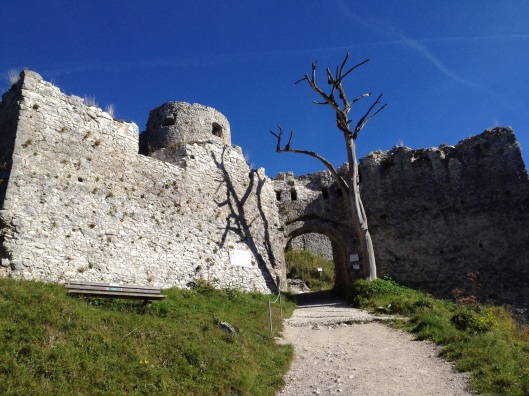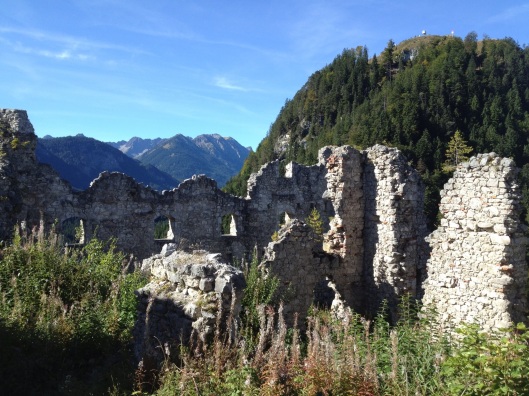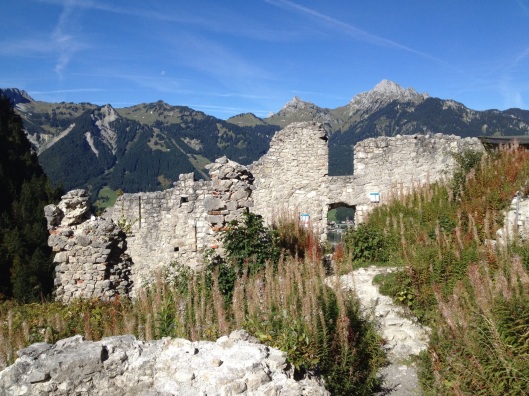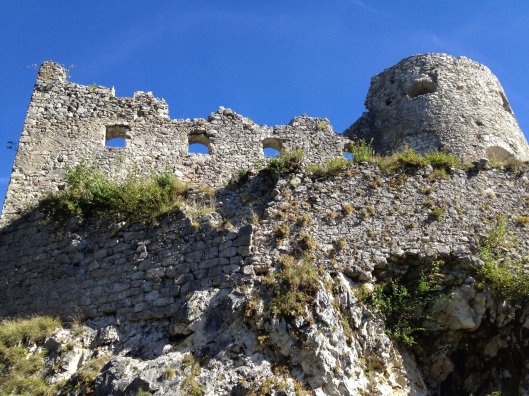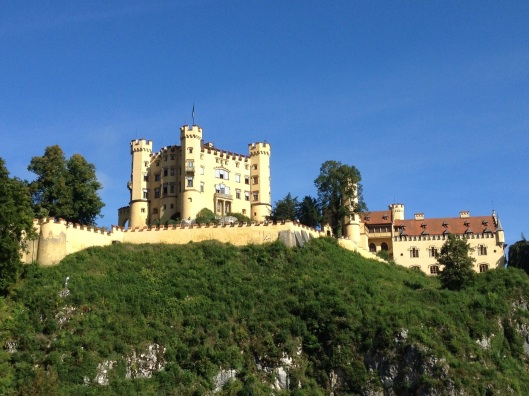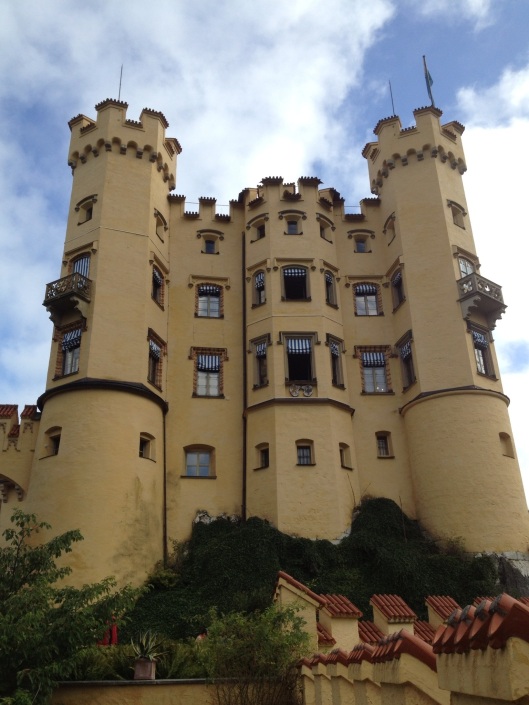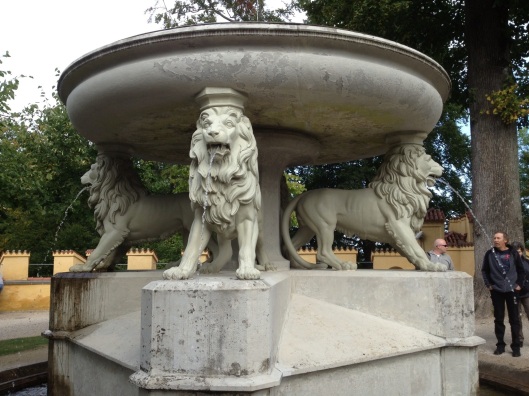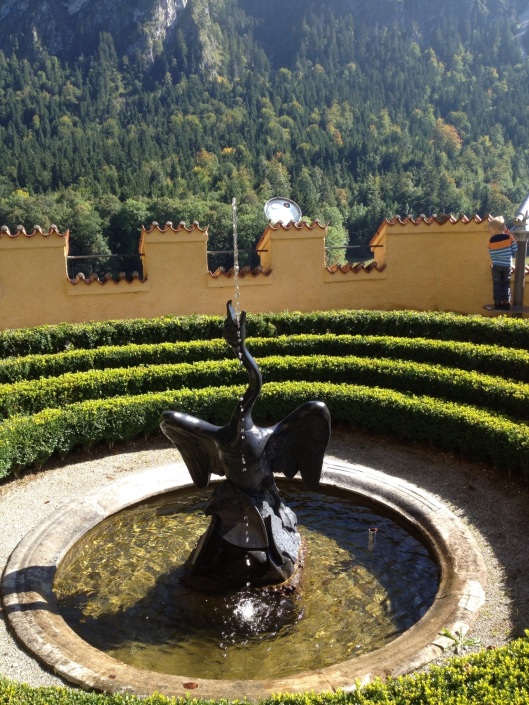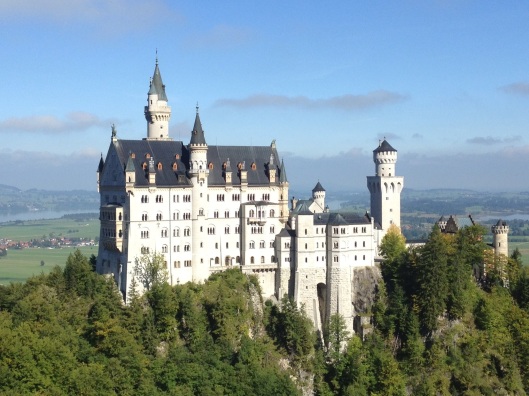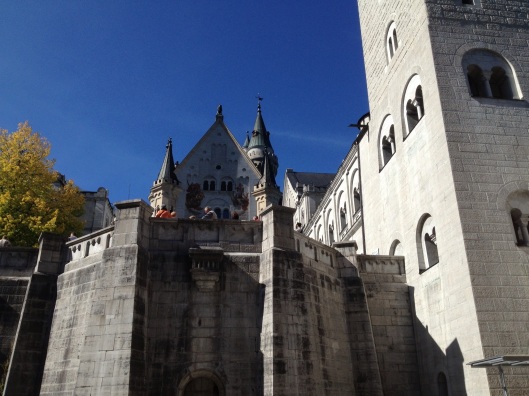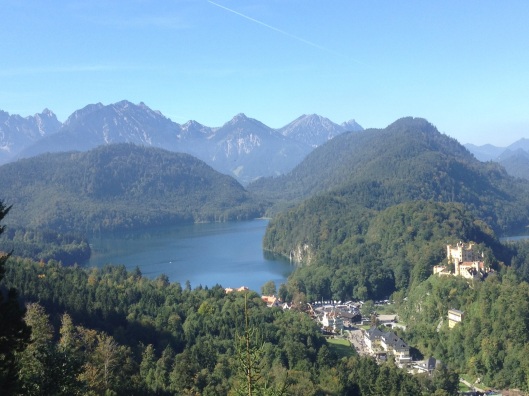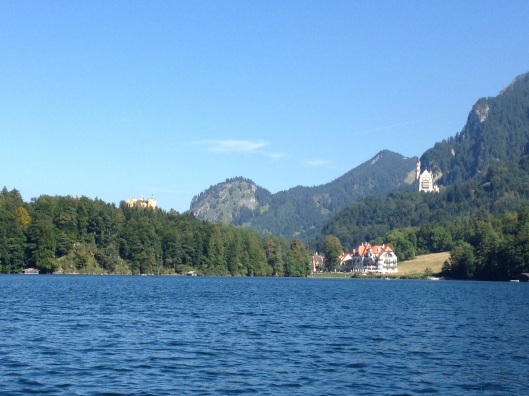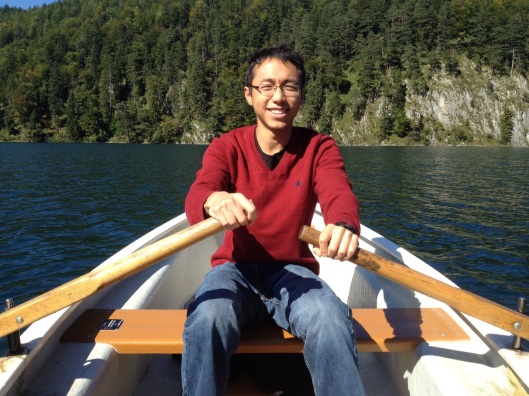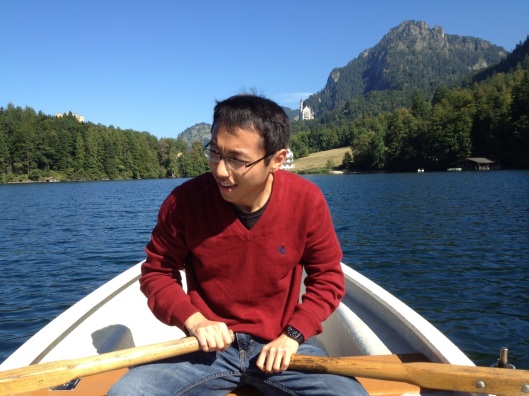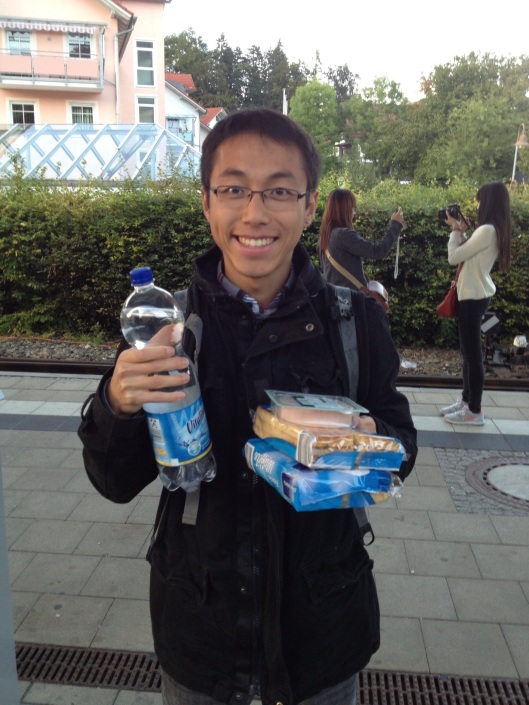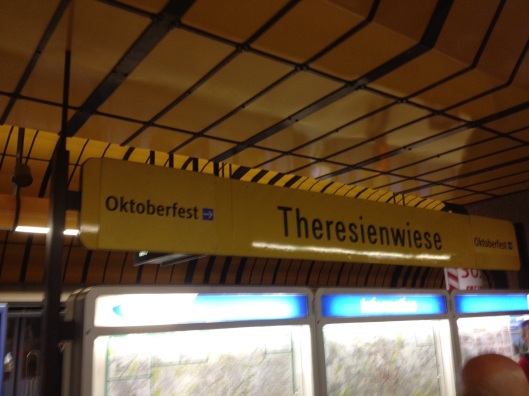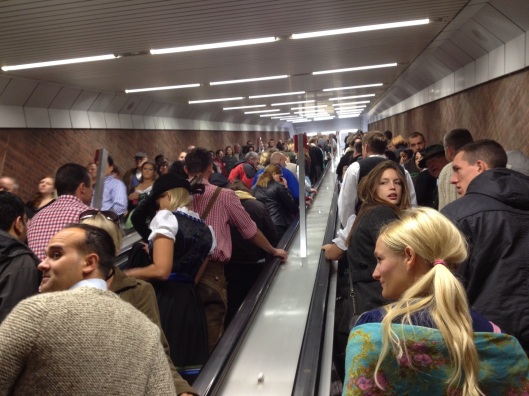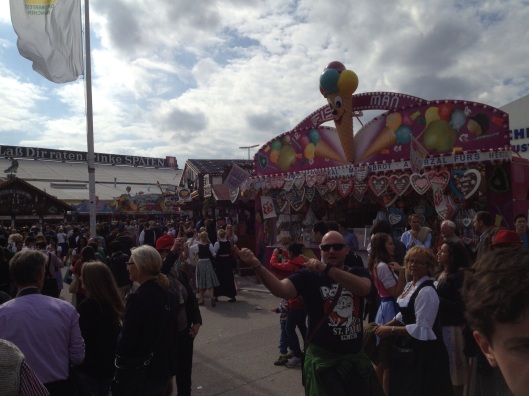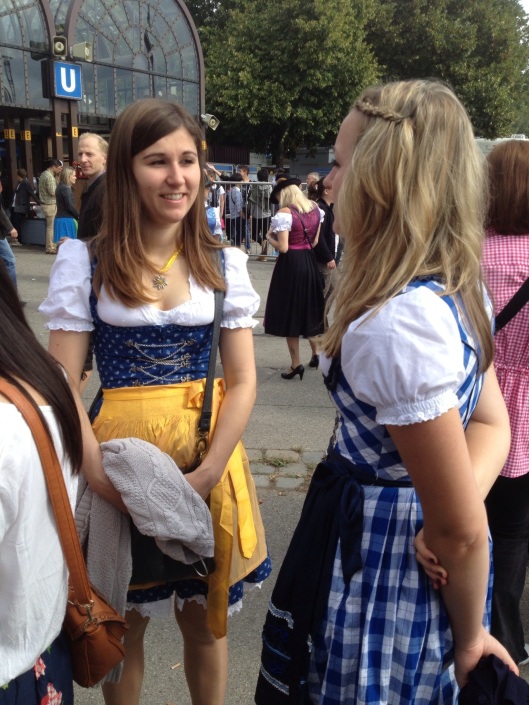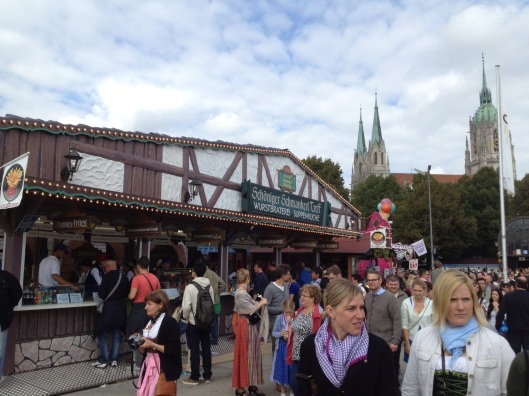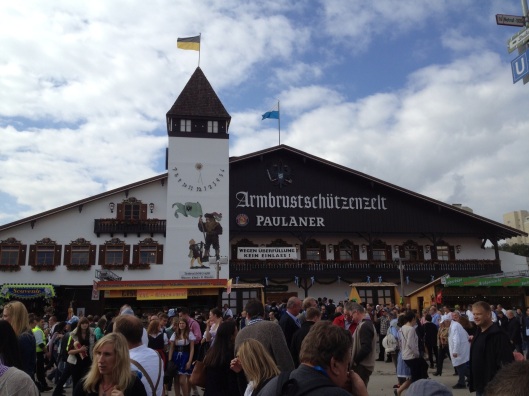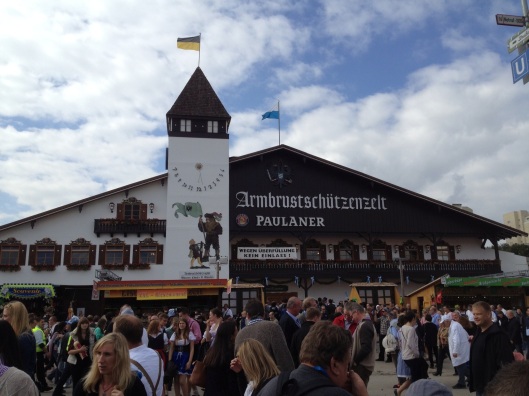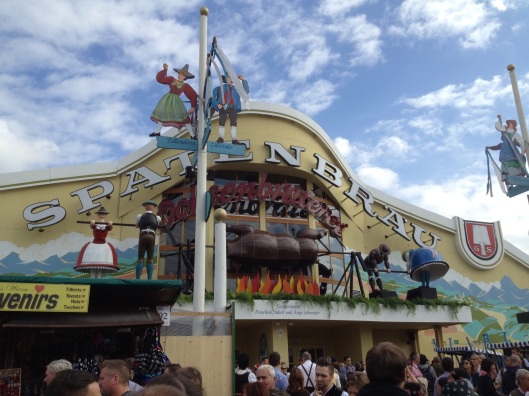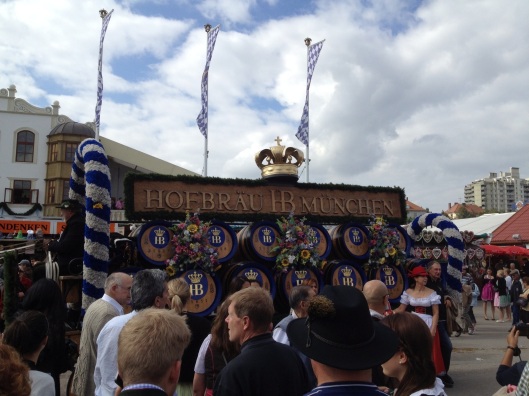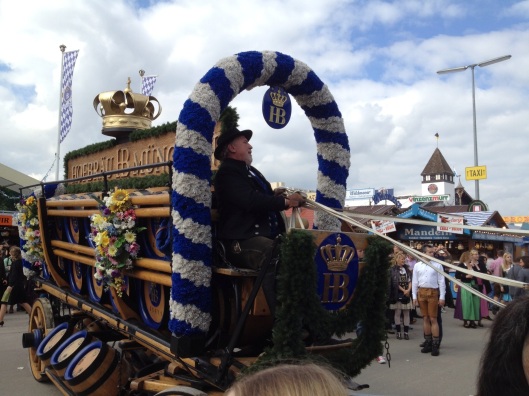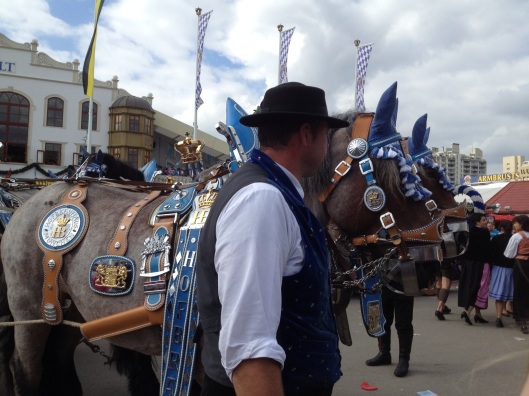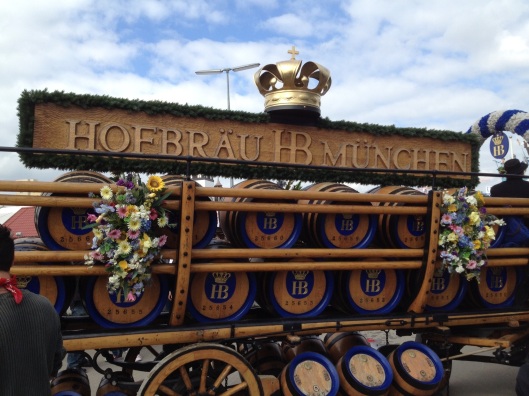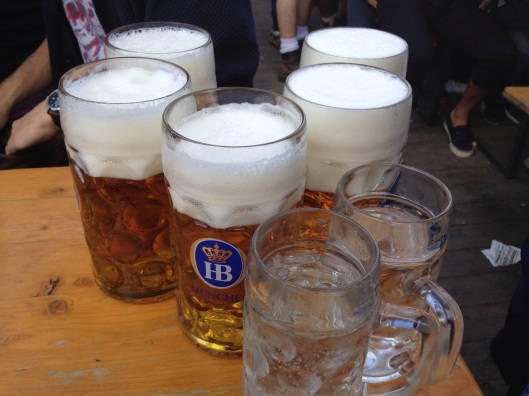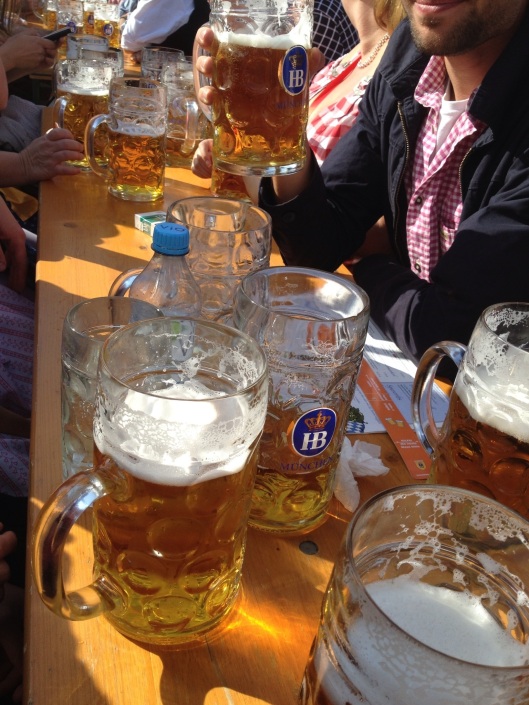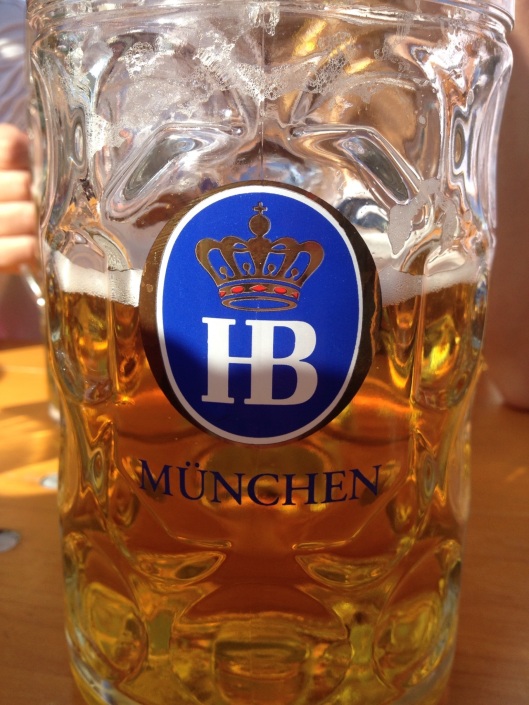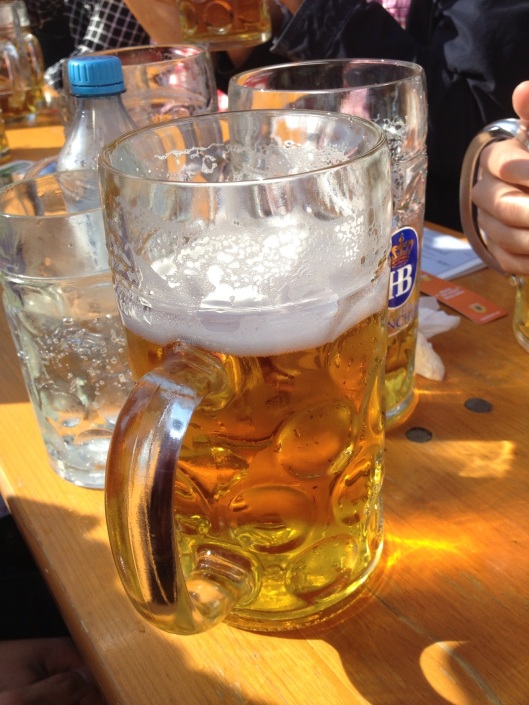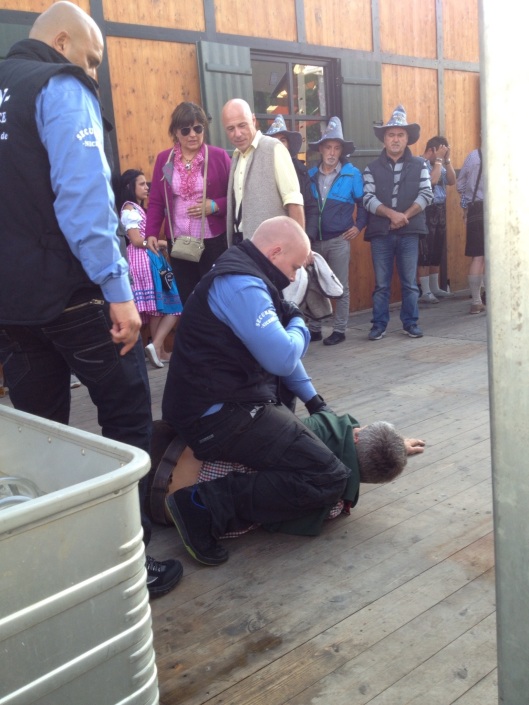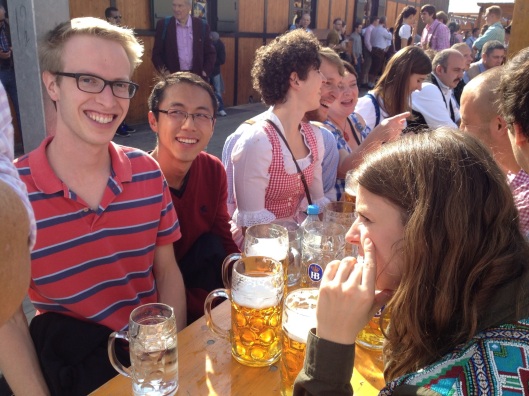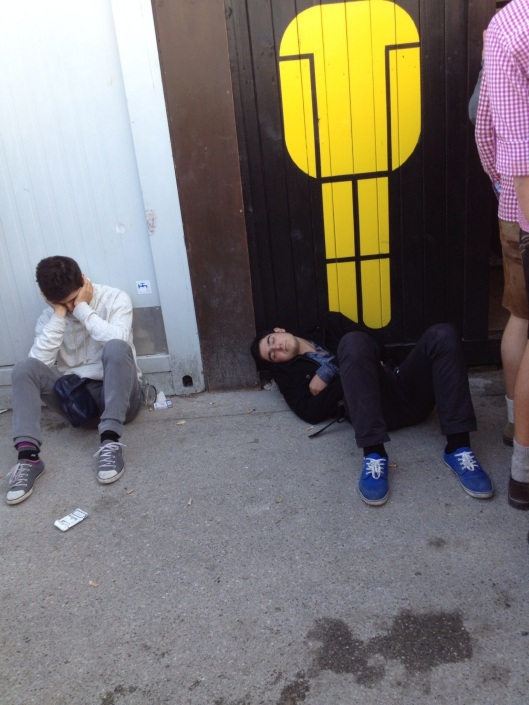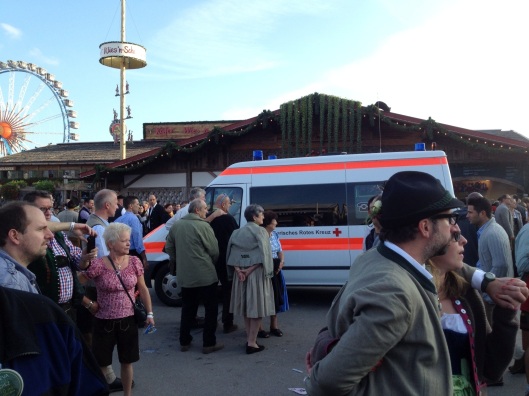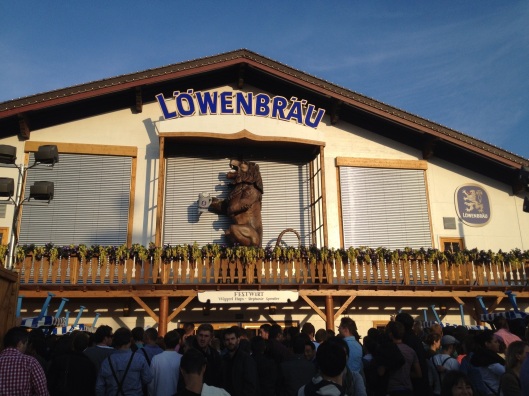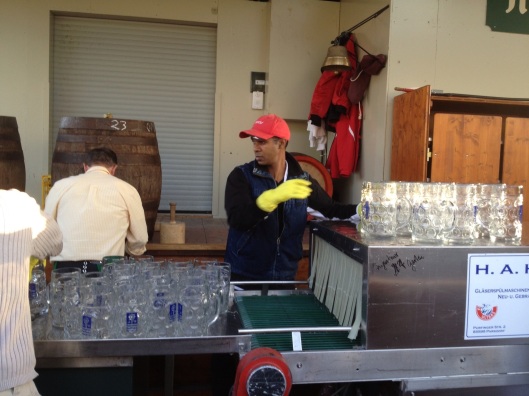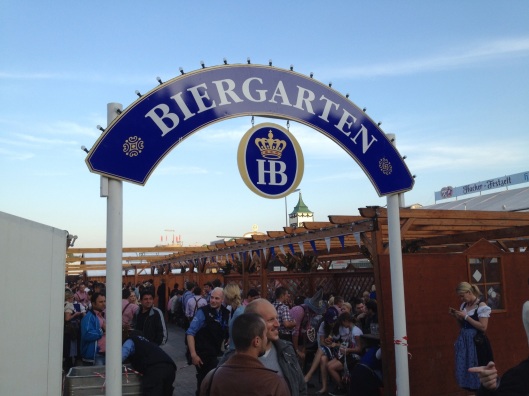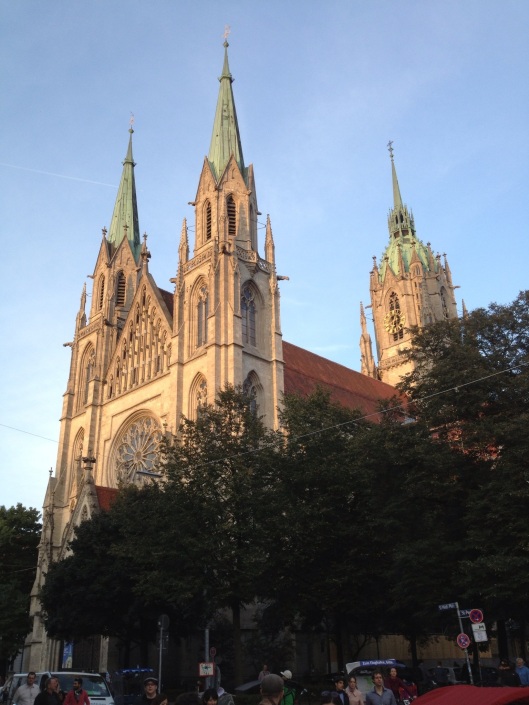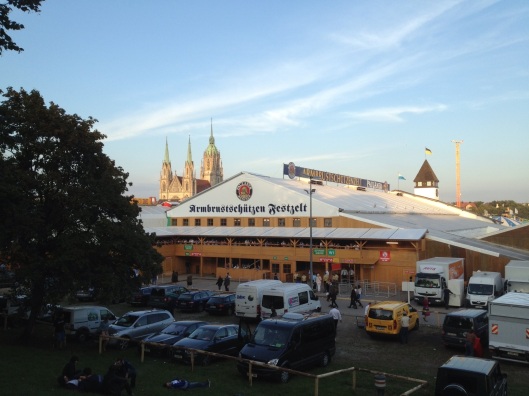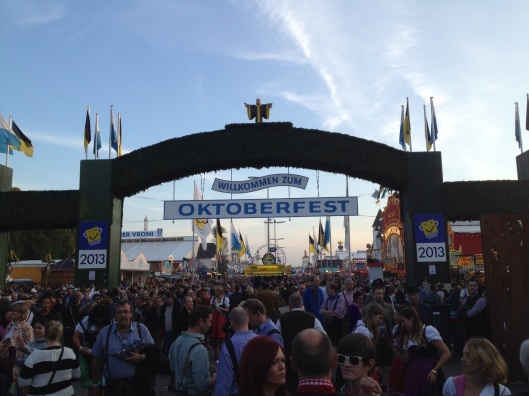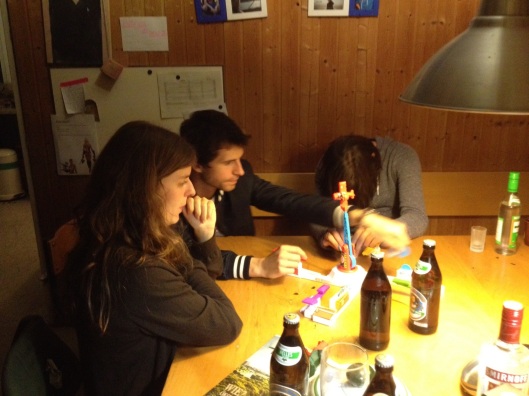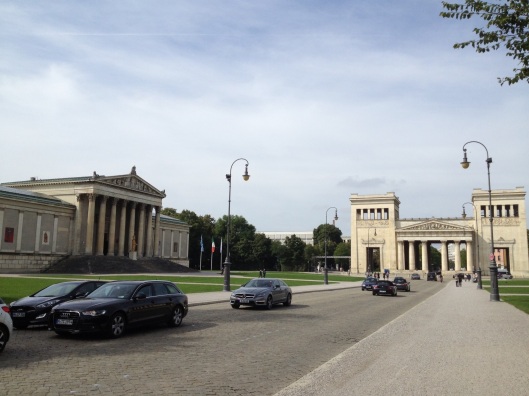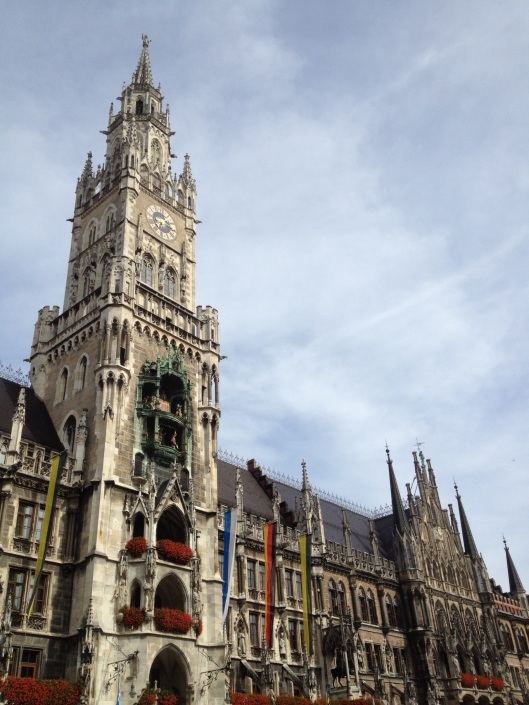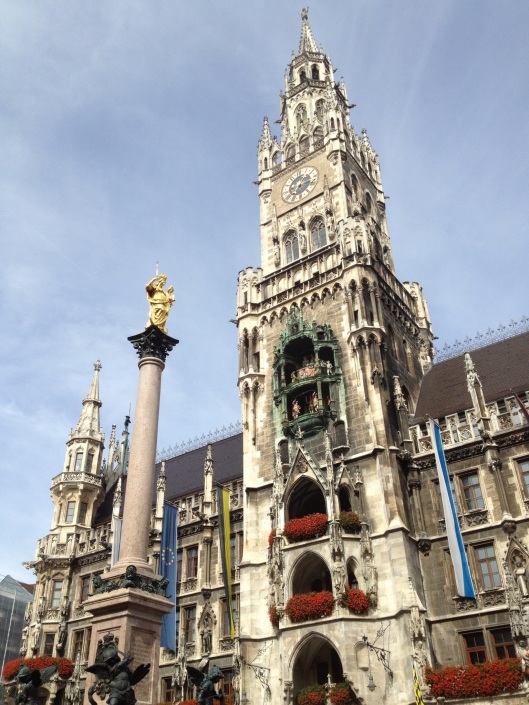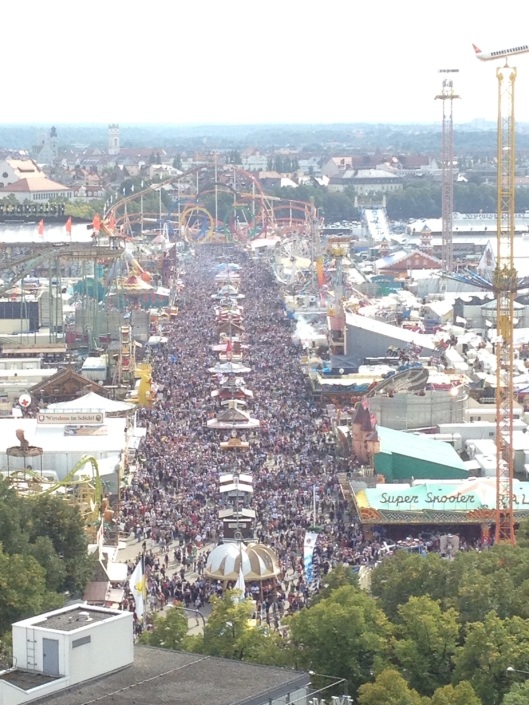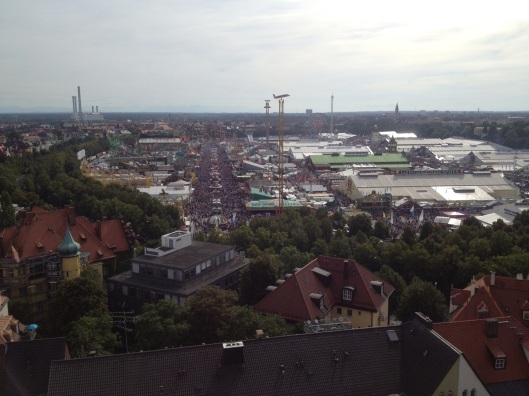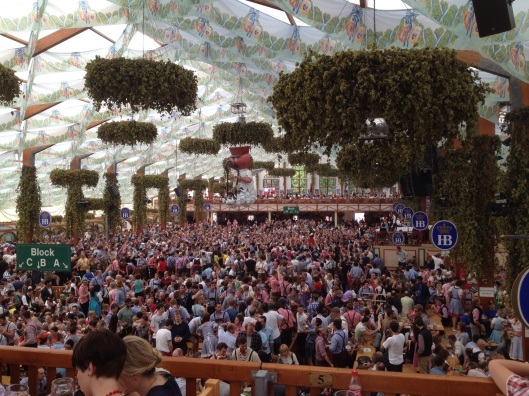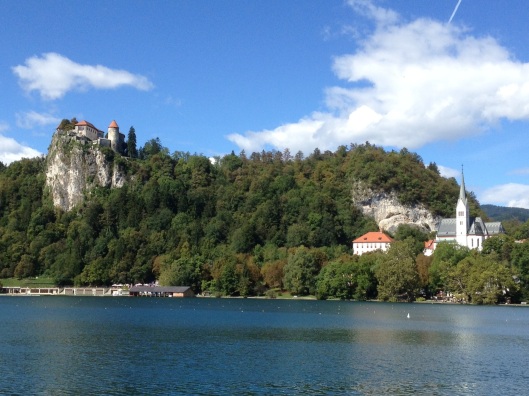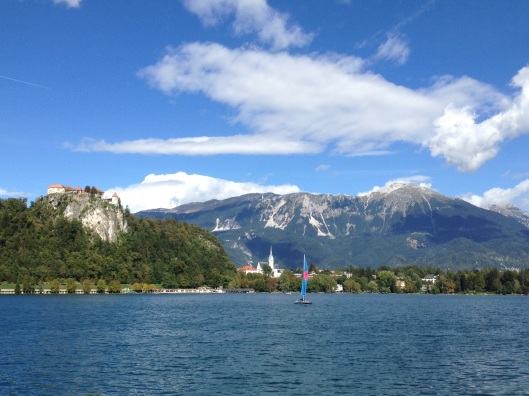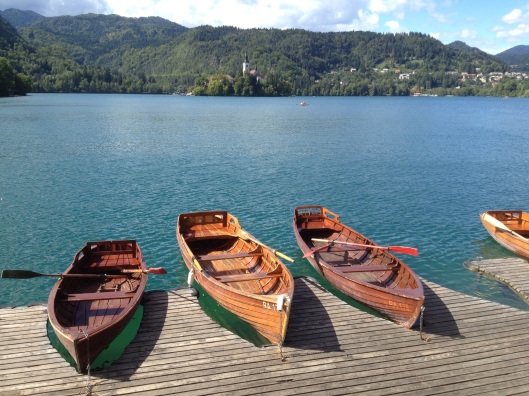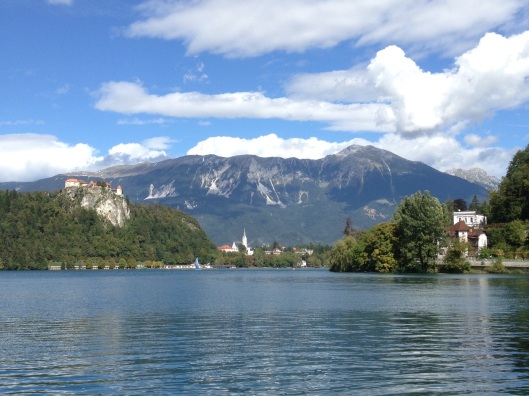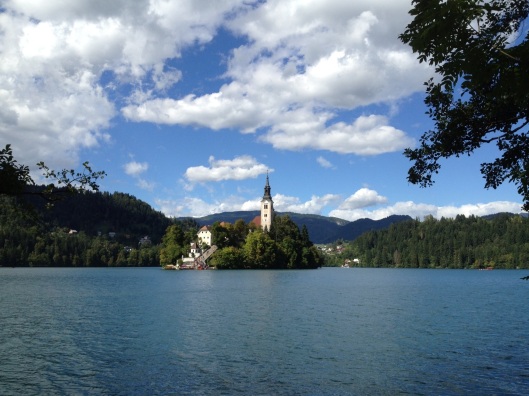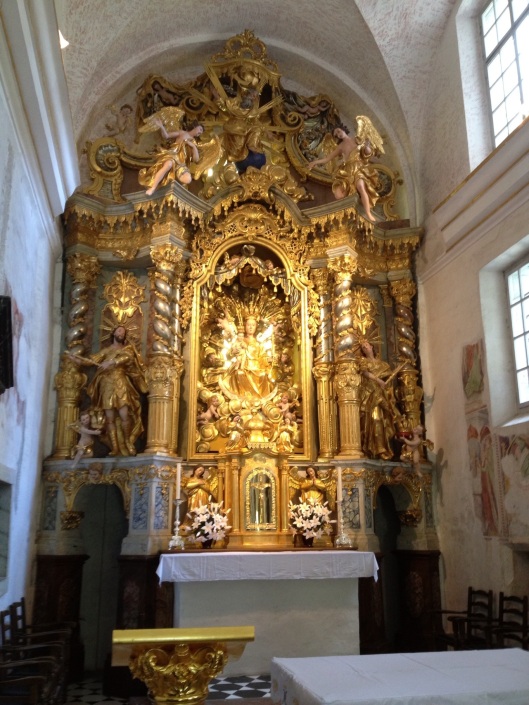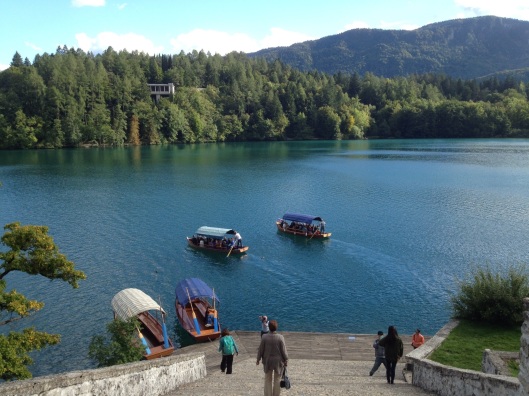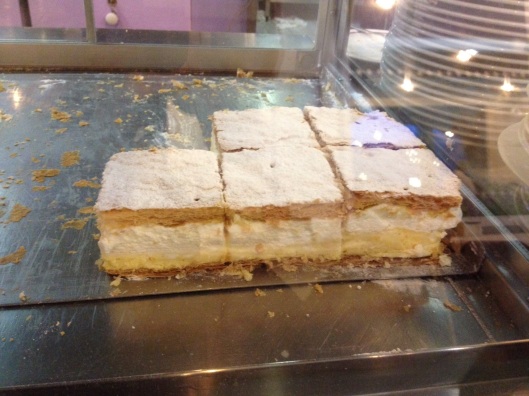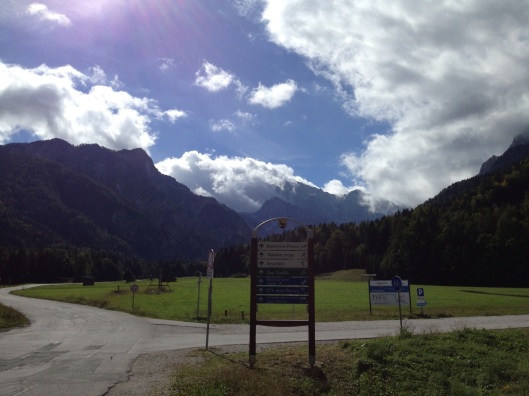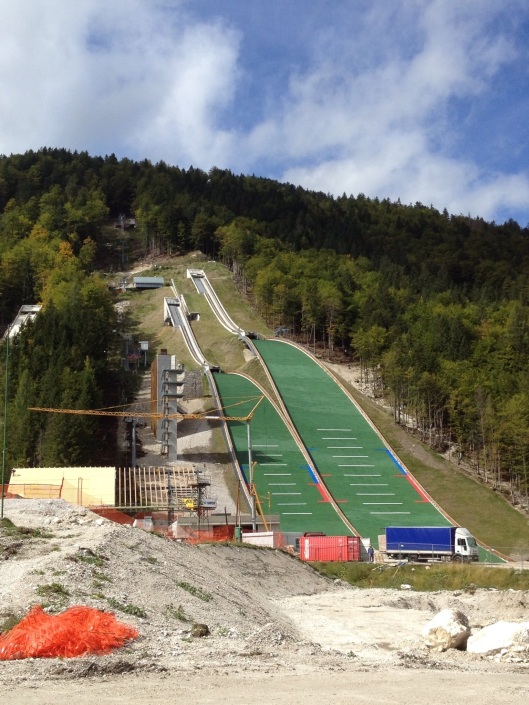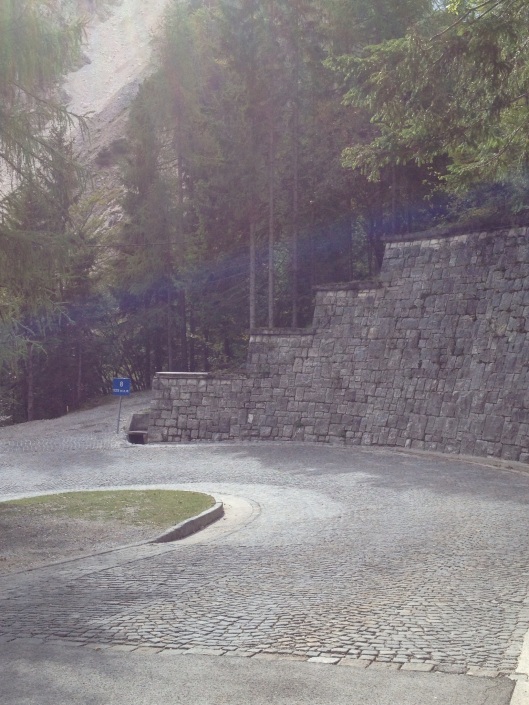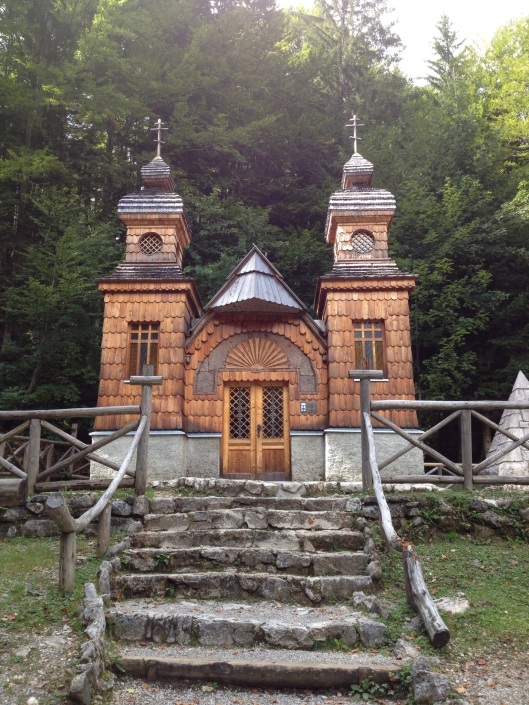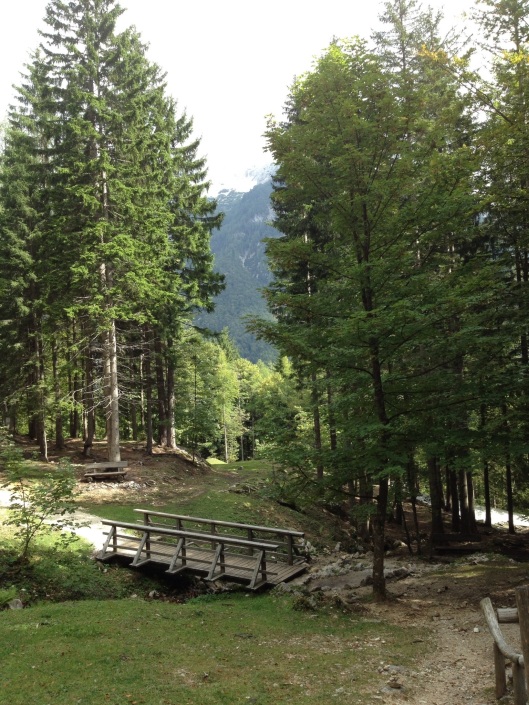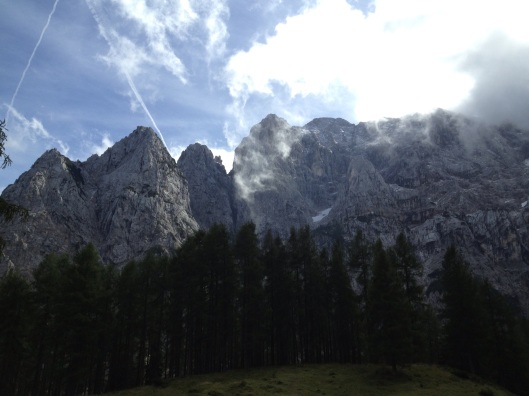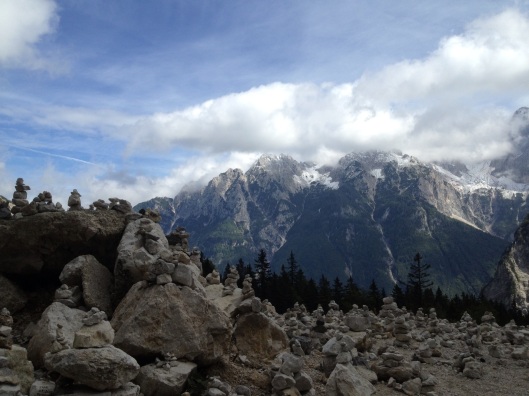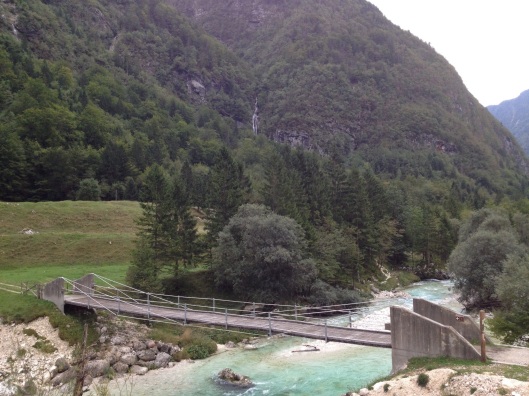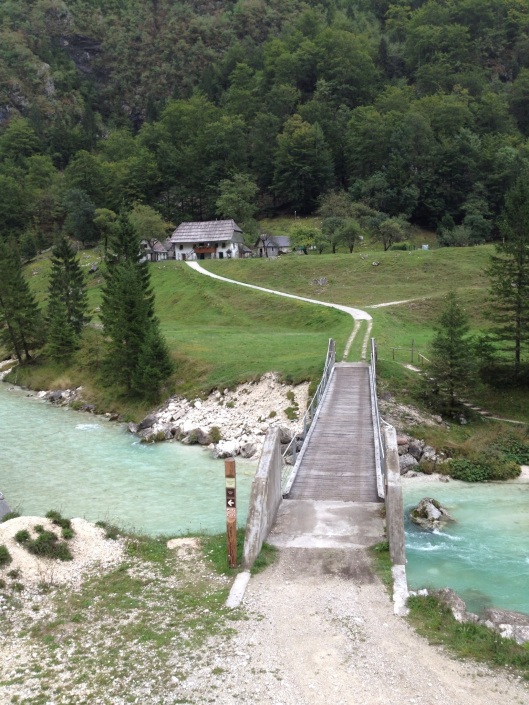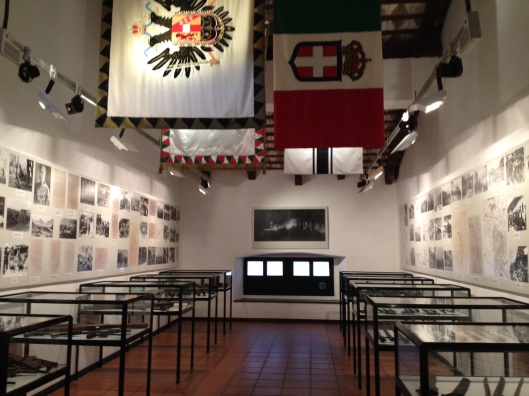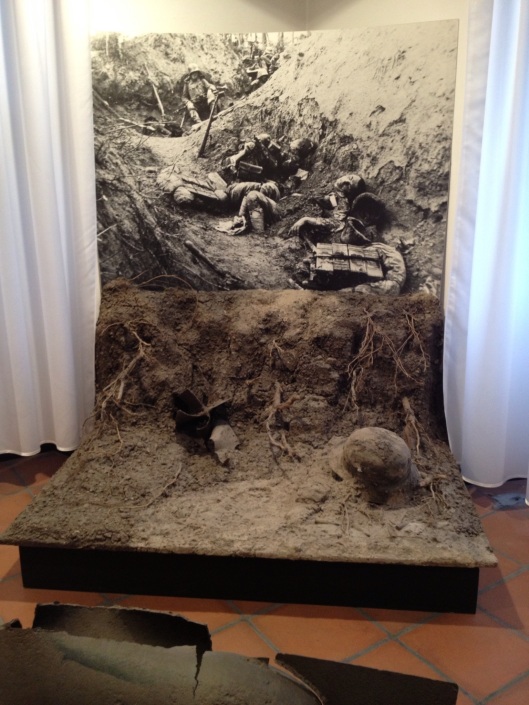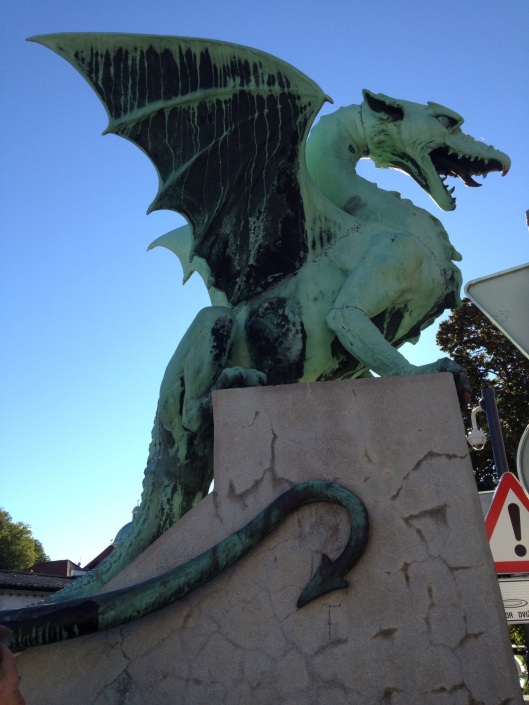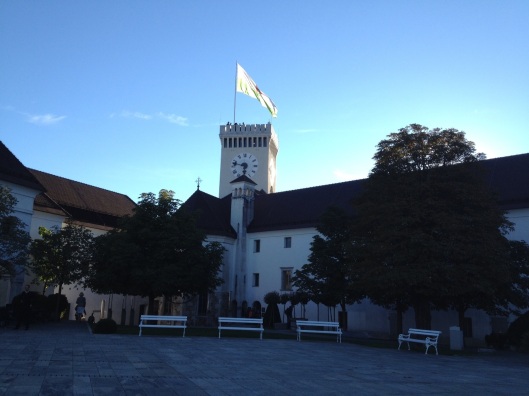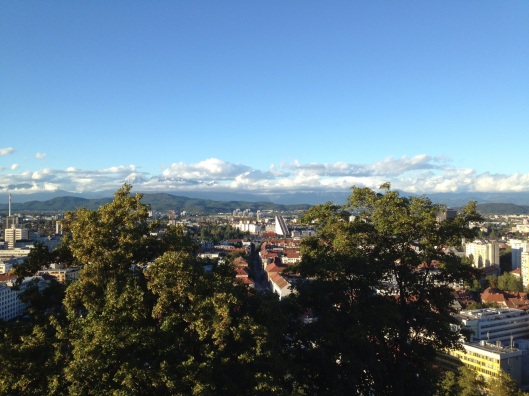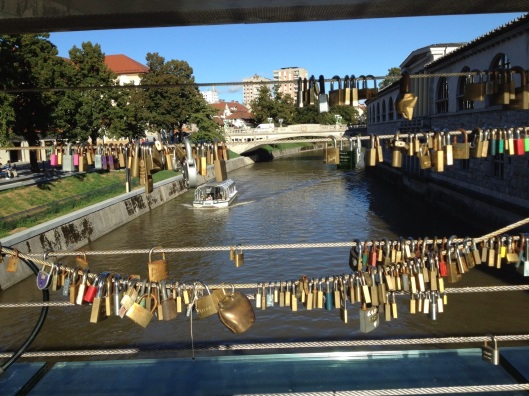Arriving in St. Petersburg harbor after an overnight ferry ride from Helsinki, we passed through Russian border control and started the clock on our 72-hour visa-free journey in the Motherland. The St. Peter Line “tour bus” was waiting for us outside the dock, and dropped us off in St. Isaac’s Square. Along the way, we marveled at the Hermitage, Palace Square, and the Peter & Paul Fortress, crossing the Neva River and narrower canals. Architecturally, the city exudes elements of Paris, Amsterdam, and Berlin — grand, imposing buildings with a Western European flare, water crisscrossing the city, and a bit of austerity. We dropped our bags off at the hotel, and took a guided boat tour along the Fontanka and Neva Rivers to orient ourselves and marvel at the city’s top sights from the water. Passing the Winter and Summer Palaces, the Church on Spilled Blood, and St. Isaac’s Cathedral, we were stunned by the city’s beauty, and I was already far more impressed than anticipated.
Following the cruise, we walked along St. Petersburg’s main drag, Nevsky Prospekt, stopped in a delicious bakery, and grabbed savory crepes for lunch at a speedy Russian chain restaurant called Teremok. Showers and a brief nap renewed our energy for the day, and our next stop was the famous Church on Spilled Blood, where Kat and I probably took several hundred photographs since it was so stunningly beautiful. With the possible exception of St. Peter’s Basilica (although the two cannot really be juxtaposed), this was by far the most incredible church I have ever seen. The glittering onion-shaped domes make the exterior shine, and the interior is perhaps even more impressive. Exquisite mosaics line almost every inch of the church, and marble fills the remainder. Moreover, the colored marble iconostasis with glimmering inlaid doors completes the scene, and it’s almost impossible to look away.
While the Church on Spilled Blood isn’t used for Russian Orthodox services, the Kazan Cathedral is a functioning house of worship, and we happened to enter during a service. It was a privilege to listen to the choir sing, smell the incense, and watch priests process through the congregation with the Bible. However, I was mostly struck by the realization that we’re actually in Russia. Although the city itself feels relatively Western, Cryllic script reigns and English is practically non-existent — plus, it’s Russia. After everything we’ve head about resurfacing East-West tensions, not to mention the fact that few, if any, Americans would have dreamed of traveling to Russia when I was born, it’s exciting to have the opportunity to visit and experience the culture for myself. Of course, it’s only a tourist’s, 72-hour view, but suddenly the inaccessible seems manageable, and the enigmatic, somehow familiar.
For a grand finale, we walked to the end of Nevsky Prospekt to preview our day tomorrow at the Hermitage Museum and Peter & Paul Fortress. Leaving the majestic Palace Square, we rode the metro from Admiralteyskaya to Spasskaya (admiring the impressive metro station and it’s depth beneath the city) and ate dinner at a Georgian restaurant near our hotel. It was a delicious introduction to the cuisine, and we tried a few unique treats such as khachapuri (a cheese-filled calzone), satsivi (spicy chicken in a creamy sauce), spiced mixed vegetables, and Georgian meat dumplings. Stuffed to the brim, we exited the restaurant at 10:30pm to find that it was still perfectly light outside — feeling like 5 or 6pm on a standard EDT evening. As we head to sleep now at 12:30am, it’s still a bit light outside, and looks as if the sun has recently set. These are indeed white nights.
More tomorrow from the Hermitage, as we continue to explore this magnificent city.


